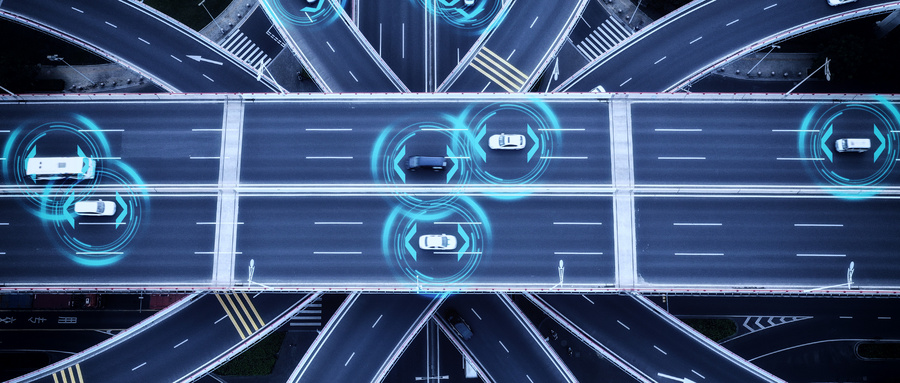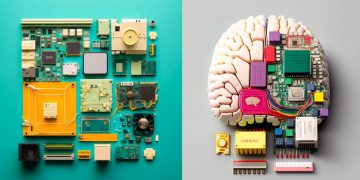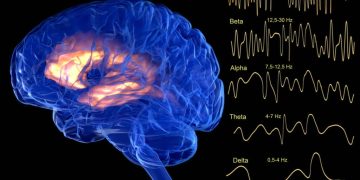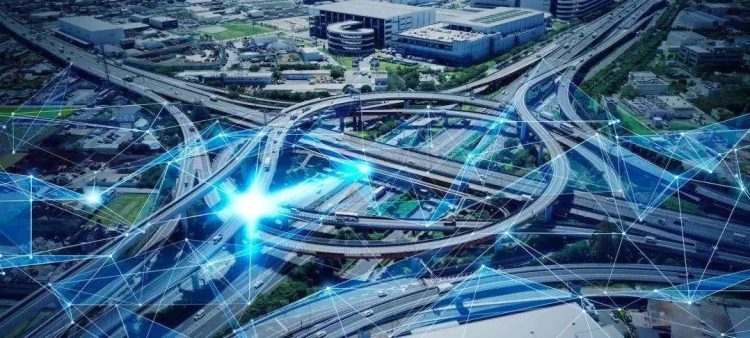In the era of rapid urbanization and exponential growth in vehicle ownership, traffic congestion and safety concerns have emerged as pressing challenges for modern societies. Fortunately, the advent of artificial intelligence (AI) technologies has revolutionized the transportation sector, particularly in the realm of traffic flow control. This article delves into the various applications of AI in optimizing traffic flow, enhancing road safety, and improving the overall efficiency of transportation systems.

Introduction
With the proliferation of vehicles on the roads, managing traffic efficiently has become a daunting task. Traditional traffic management methods often struggle to cope with the dynamic nature of traffic patterns, leading to recurring congestion and delays. AI, with its advanced capabilities in data processing, pattern recognition, and decision-making, offers a promising solution to these challenges.
AI-Powered Traffic Management Systems
One of the key applications of AI in traffic flow control is the development of intelligent traffic management systems. These systems leverage AI technologies such as machine learning, computer vision, and natural language processing to analyze real-time traffic data and make data-driven decisions. For instance, AI-powered traffic signals can dynamically adjust their timing based on real-time traffic conditions, thereby reducing congestion and improving traffic flow.
Moreover, AI systems can integrate data from multiple sources, including traffic cameras, GPS trackers, and vehicle sensors, to gain a comprehensive understanding of traffic patterns. This enables them to predict future traffic conditions with high accuracy and develop proactive management strategies.
Predictive Traffic Flow Modeling
AI is also instrumental in predictive traffic flow modeling. By analyzing historical traffic data and real-time information, AI algorithms can identify patterns and trends that influence traffic flow. This predictive capability enables traffic planners to anticipate potential bottlenecks and take preemptive measures to alleviate congestion. For example, AI-driven models can suggest alternative routes during peak hours or adjust public transportation schedules to meet demand.
In addition, AI can be applied to predict short-term traffic flows in waterways and ports. By utilizing Automatic Identification System (AIS) data and neural network models, AI algorithms can accurately forecast the arrival and departure of ships, thereby enhancing the efficiency of port operations and reducing the likelihood of accidents.
Autonomous Vehicles and Driving Assistance
Another significant contribution of AI to traffic flow control lies in the realm of autonomous vehicles and driving assistance systems. Equipped with advanced sensors, cameras, and AI algorithms, autonomous vehicles can interpret road signs, detect obstacles, and make split-second decisions to prevent accidents. This not only enhances road safety but also contributes to smoother traffic flow by reducing the likelihood of human errors and collisions.
Furthermore, AI-powered driving assistance systems, such as lane keeping assist and adaptive cruise control, can improve the driving experience and reduce the burden on human drivers. These systems can anticipate potential hazards and adjust vehicle speed and direction accordingly, ensuring a safer and more efficient journey.
















































Discussion about this post